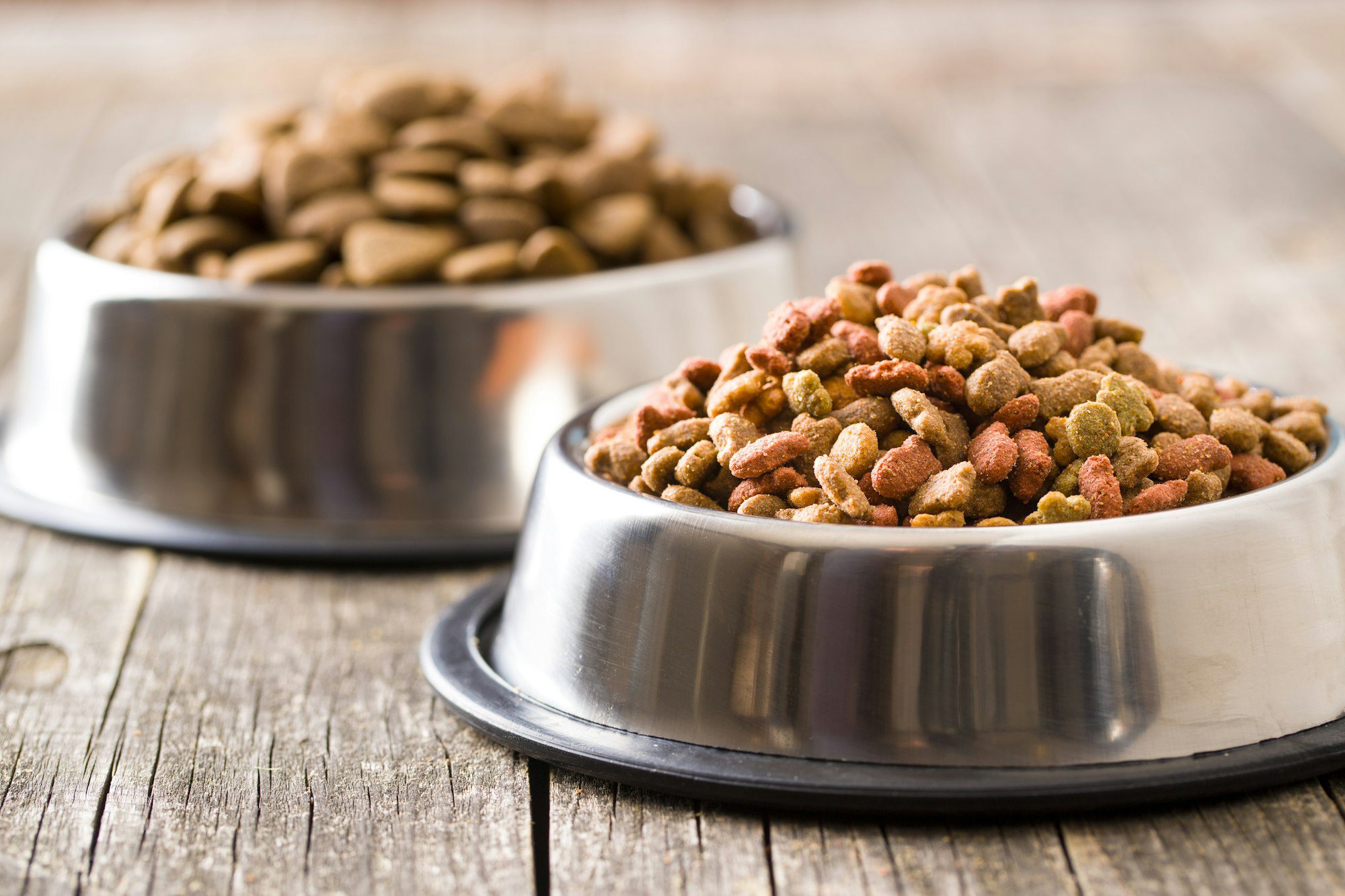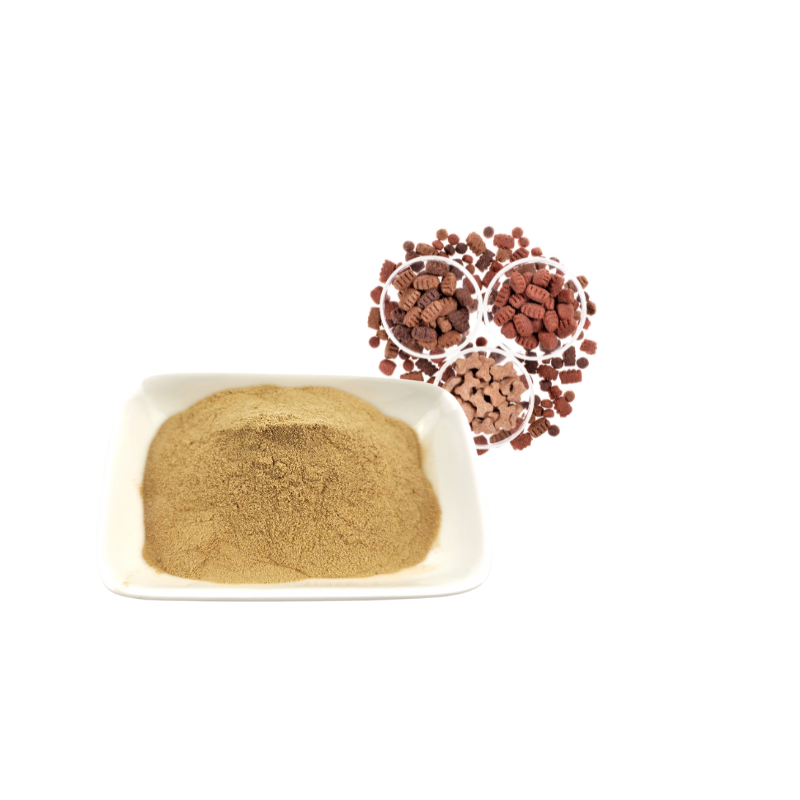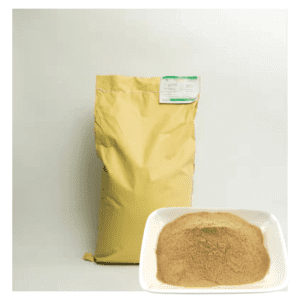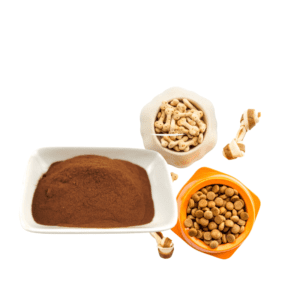Pet food palatants are the secret ingredients that make your furry friends wag their tails at mealtime. As a pet food manufacturer or wholesaler, choosing the right palatant can make all the difference in product success. In this comprehensive guide, we’ll dive into the world of animal-based and plant-based palatants, exploring their benefits, applications, and how they can enhance your pet food offerings.
Meta Description : A comprehensive guide comparing animal-based and plant-based pet food palatants. Discover their benefits, applications, and how they enhance pet food palatability for manufacturers and wholesalers.
Understanding Palatants in Pet Food
Before we delve into the types of palatants, let’s understand what they are and why they’re essential.

What Are Palatants?
Palatants are flavor enhancers added to pet food to improve its taste and aroma, making it more appealing to pets. They play a crucial role in ensuring that pets not only eat their food but enjoy it, promoting better nutrition and well-being.
The Importance of Palatability
- Enhances Consumption: Pets are more likely to consume food that tastes and smells good.
- Improves Nutrition: Better palatability ensures pets receive the necessary nutrients from their diet.
- Increases Product Success: For manufacturers, palatability can make or break a product’s success in the market.
Animal-Based Palatants
Animal-based palatants are derived from animal proteins and fats, offering flavors that are naturally enticing to pets.
Common Sources
- Chicken
- Beef
- Fish
- Liver
- Pork
Benefits of Animal-Based Palatants
High Palatability
Animal flavors are inherently attractive to pets, particularly dogs and cats, due to their carnivorous nature.
Nutritional Value
They provide essential amino acids and nutrients beneficial for pet health.
Natural Flavors
Using real animal extracts leads to authentic flavors that pets recognize and love.

Applications in Pet Food
- Dry Kibble Coatings: Enhancing the outer layer of kibble for immediate taste.
- Wet Food Formulations: Integrating into gravies and meats.
- Treats and Supplements: Making medicinal supplements more palatable.
Challenges
Allergies
Some pets may have allergies to specific animal proteins.
Cost
High-quality animal proteins can be expensive.
Sustainability Concerns
Ethical sourcing and environmental impact are growing concerns among consumers.
Plant-Based Palatants
Plant-based palatants are derived from vegetables, grains, and other non-animal sources.

Common Sources
- Yeast Extracts
- Hydrolyzed Vegetable Proteins
- Herbs and Spices
- Seaweed Extracts
Benefits of Plant-Based Palatants
Suitable for Allergies
Ideal for pets with sensitivities to animal proteins.
Sustainability
Generally have a lower environmental impact compared to animal-based options.

Cost-Effective
Often less expensive due to lower production costs.
Applications in Pet Food
- Vegetarian and Vegan Pet Foods: Catering to niche markets.
- Hypoallergenic Formulas: For pets with specific dietary needs.
- Enhancing Nutritional Profiles: Adding fiber and essential nutrients.
Challenges
Palatability Issues
May not be as inherently appealing to carnivorous pets.
Nutritional Limitations
Lack certain amino acids found in animal proteins.
Comparative Analysis: Animal-Based vs. Plant-Based Palatants

Palatability
- Animal-Based: Generally more palatable due to natural attraction.
- Plant-Based: May require additional flavoring to match palatability.
Nutritional Content
- Animal-Based: Rich in essential amino acids and nutrients.
- Plant-Based: Can lack certain nutrients but are rich in fiber and antioxidants.
Cost
- Animal-Based: Potentially higher due to sourcing and processing.
- Plant-Based: More cost-effective with stable pricing.
Sustainability
- Animal-Based: Higher environmental impact.
- Plant-Based: More sustainable and eco-friendly.
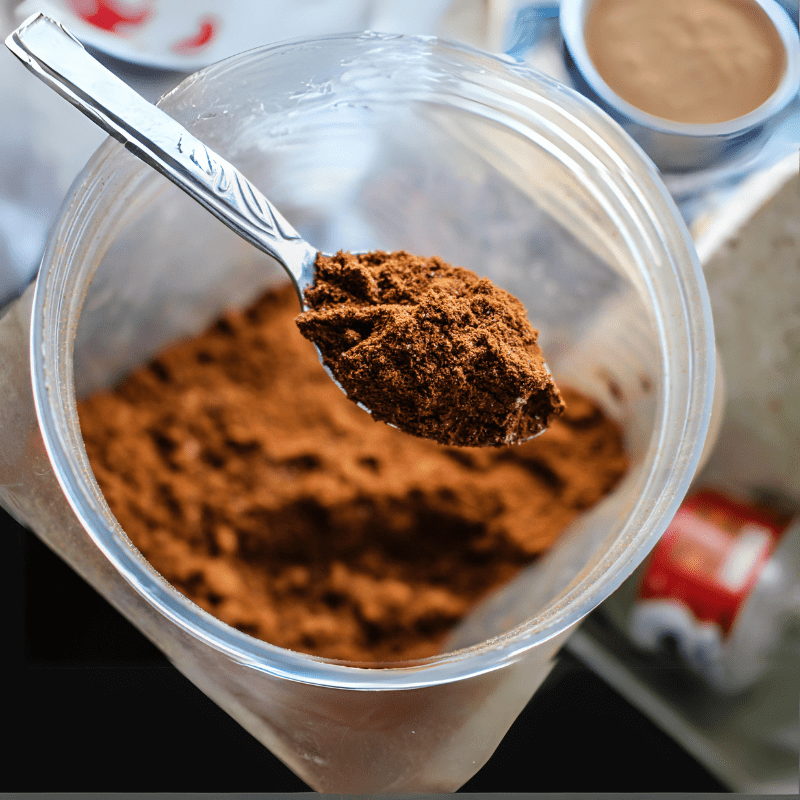
Market Trends
- Growing Demand for Sustainability: Consumers are increasingly eco-conscious.
- Rise in Pet Allergies: A market for hypoallergenic pet foods is expanding.
- Preference for Natural Ingredients: Clean labels are in demand.
Choosing the Right Palatant for Your Pet Food Product
Factors to Consider
Target Market
- Standard Pet Foods: Animal-based palatants may be preferred.
- Specialty Diets: Plant-based palatants for hypoallergenic or vegetarian products.
Cost Considerations
Balance between ingredient quality and production budget.
Brand Positioning
Align palatant choice with brand values (e.g., sustainability, natural ingredients).

Customization Options
Work with manufacturers like ProFypet to develop customized palatant solutions that meet specific product needs.
The Future of Pet Food Palatants
Trends
- Clean Label Movement: Demand for recognizable ingredients.
- Functional Foods: Palatants that offer health benefits beyond taste.
- Technological Innovations: Advanced extraction and flavor enhancement methods.
Innovations
- Fermentation Technology: Creating new flavors sustainably.
- Alternative Proteins: Insect-based palatants are emerging.
Conclusion
Choosing between animal-based and plant-based palatants depends on multiple factors, including pet preferences, nutritional goals, cost, and brand values. By understanding the benefits and challenges of each, pet food manufacturers and wholesalers can make informed decisions that satisfy pets and their owners alike.
For high-quality, customized pet food palatants that can elevate your products, visit profypet.com. Let’s make mealtime the highlight of every pet’s day!

